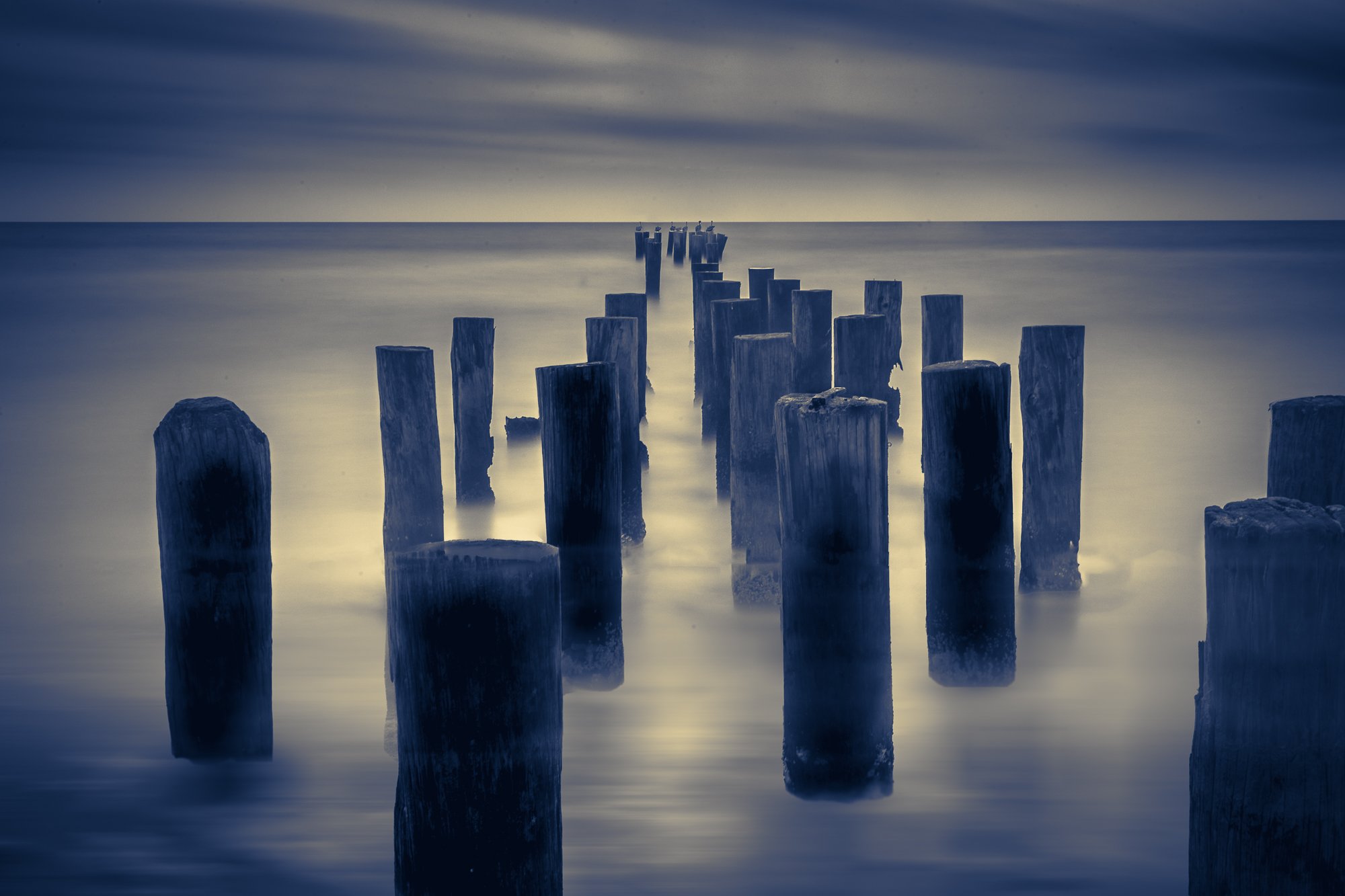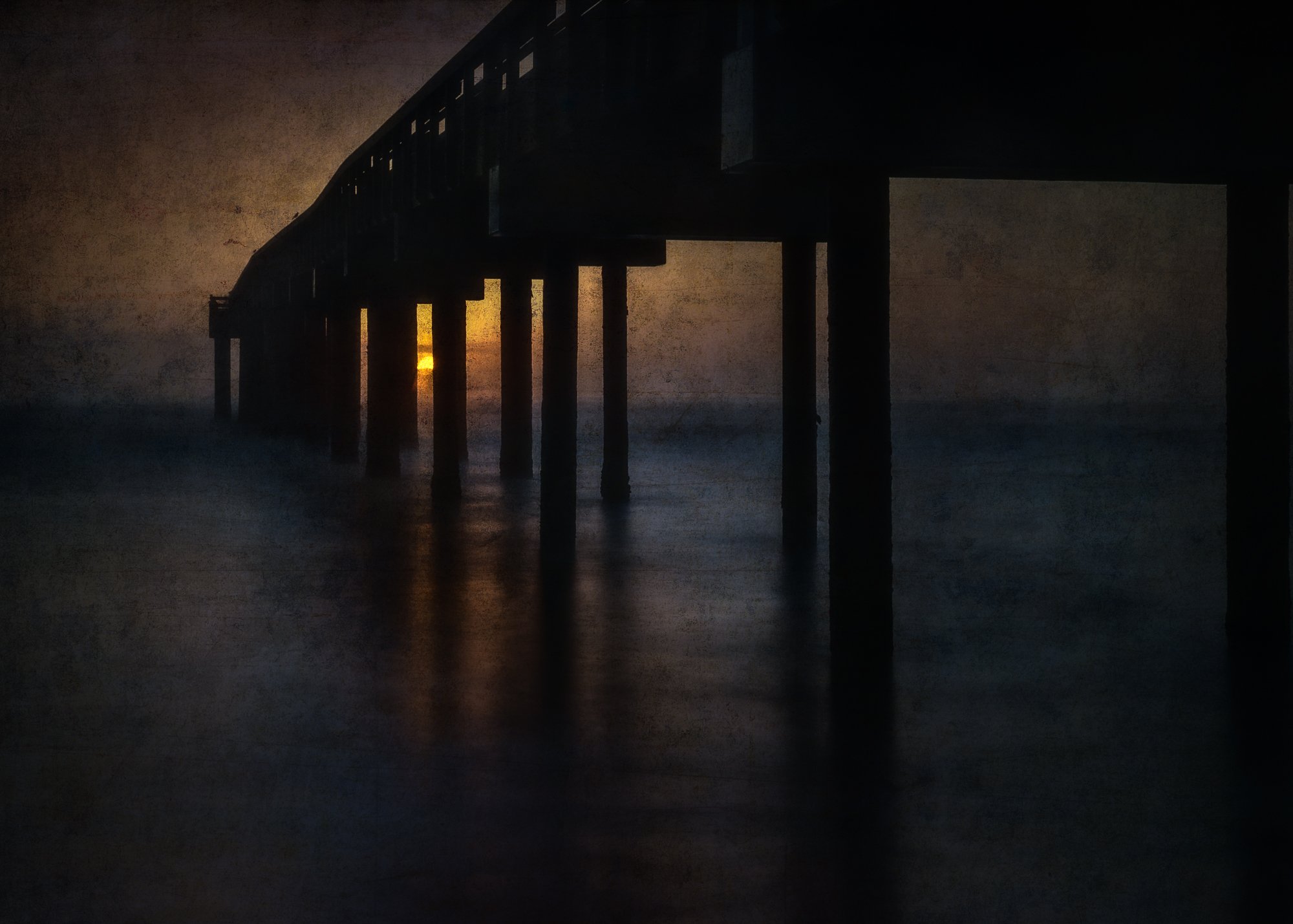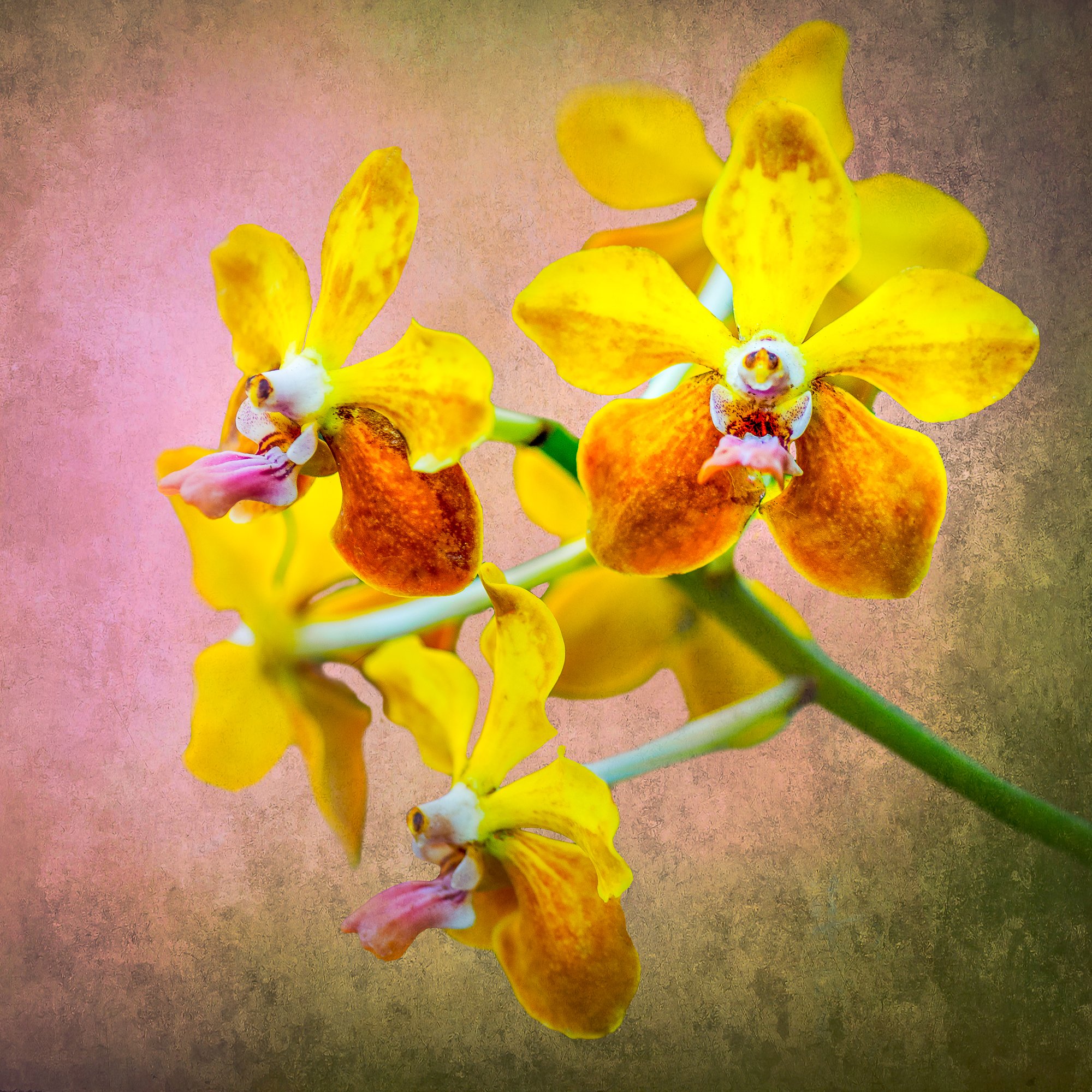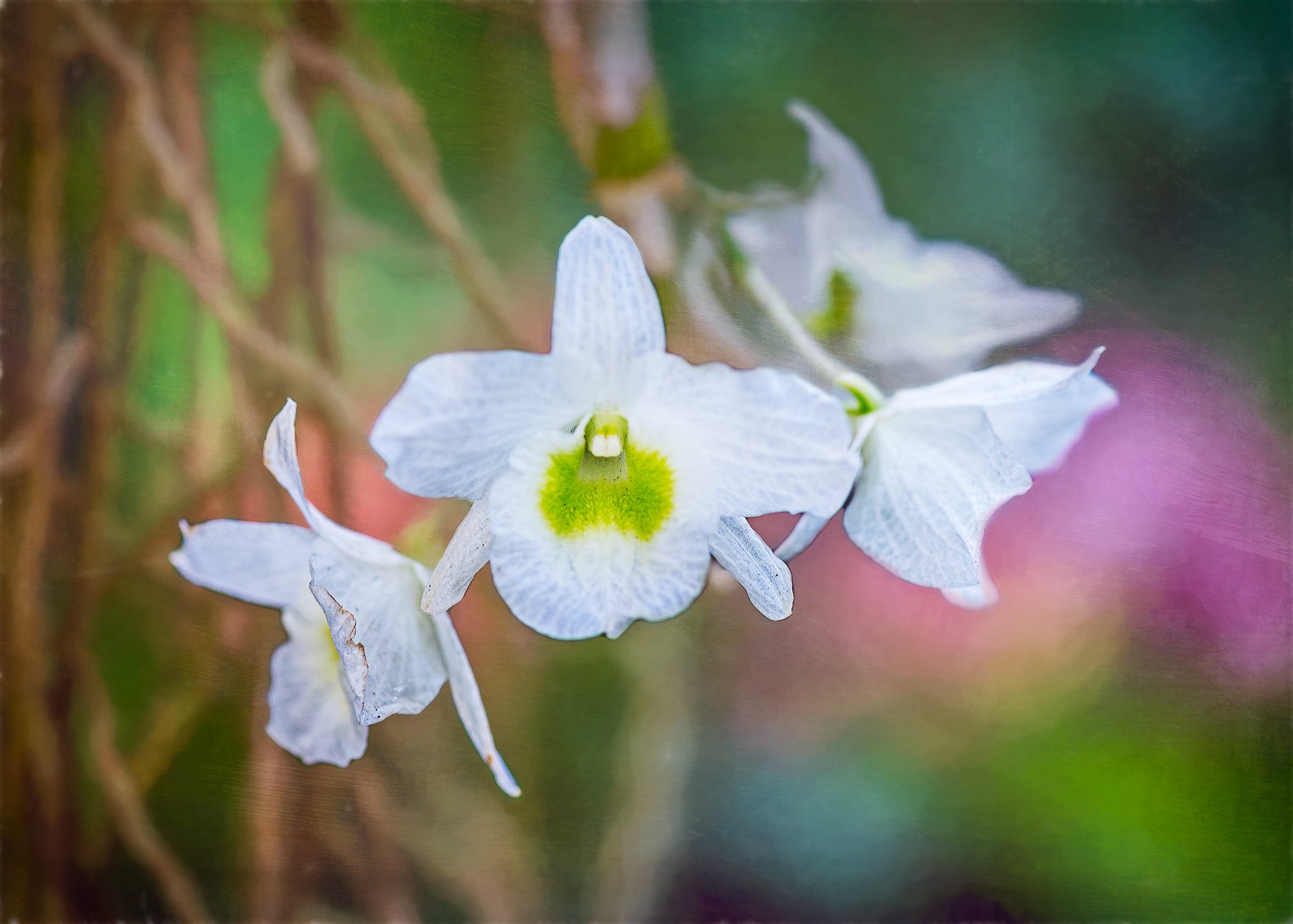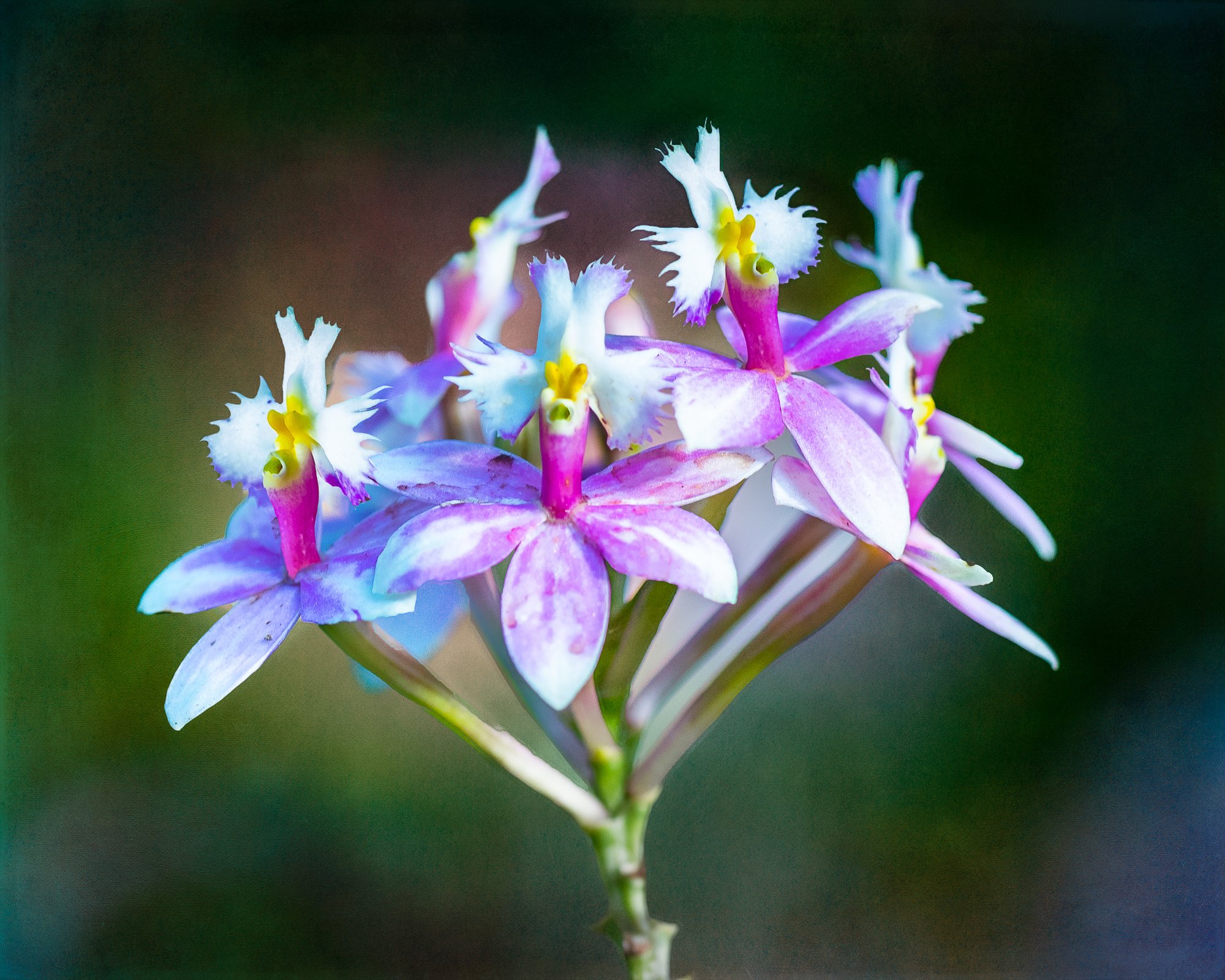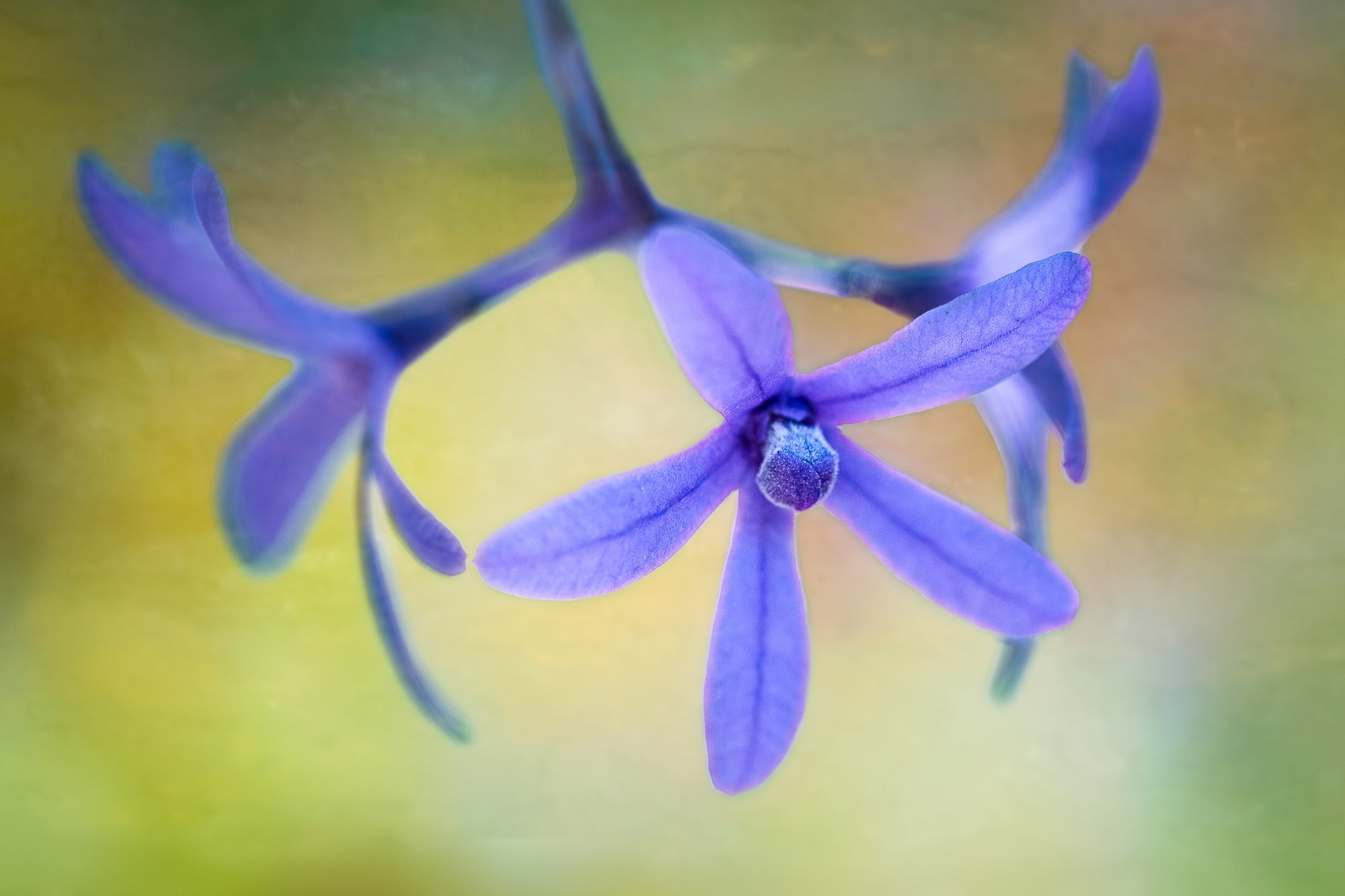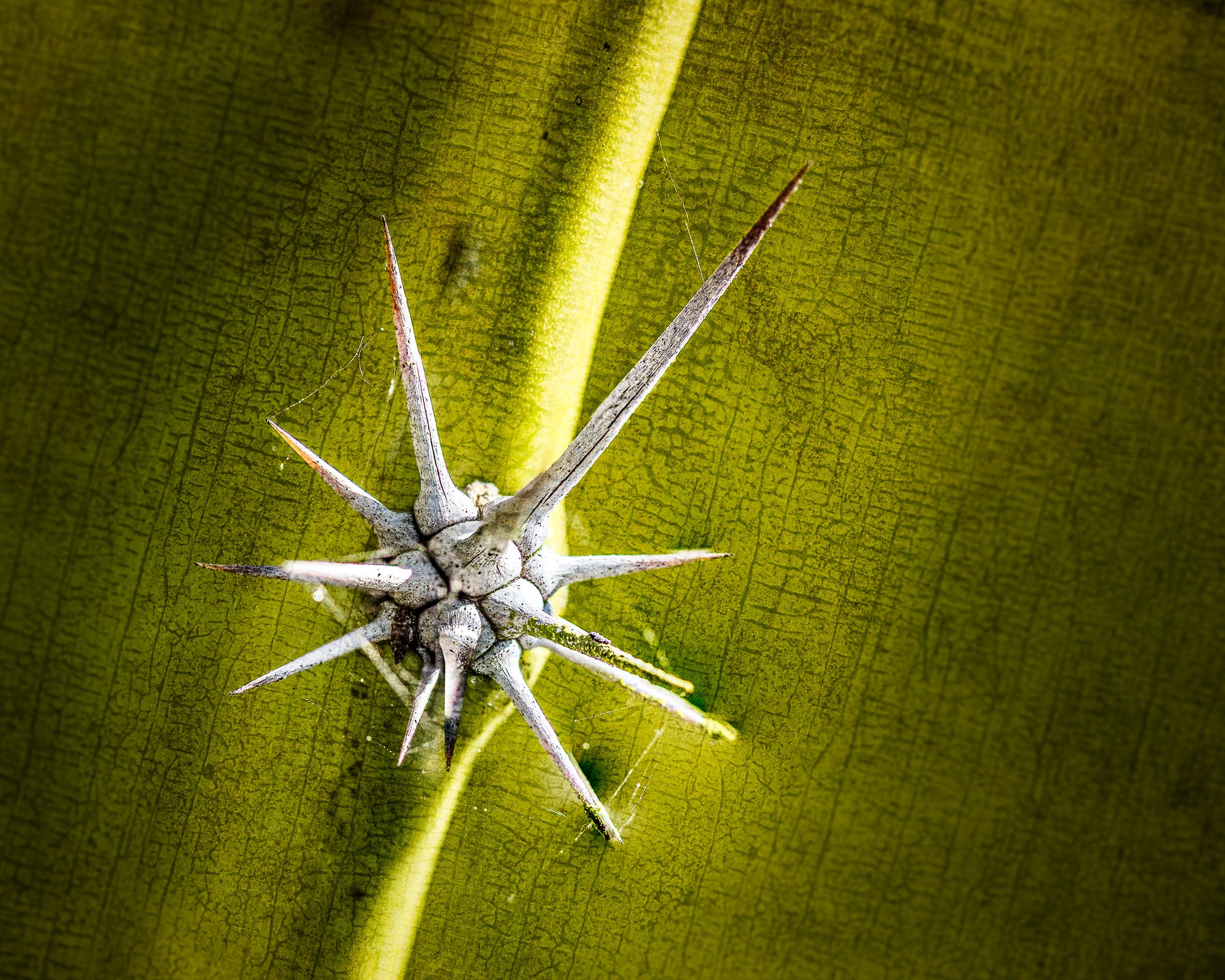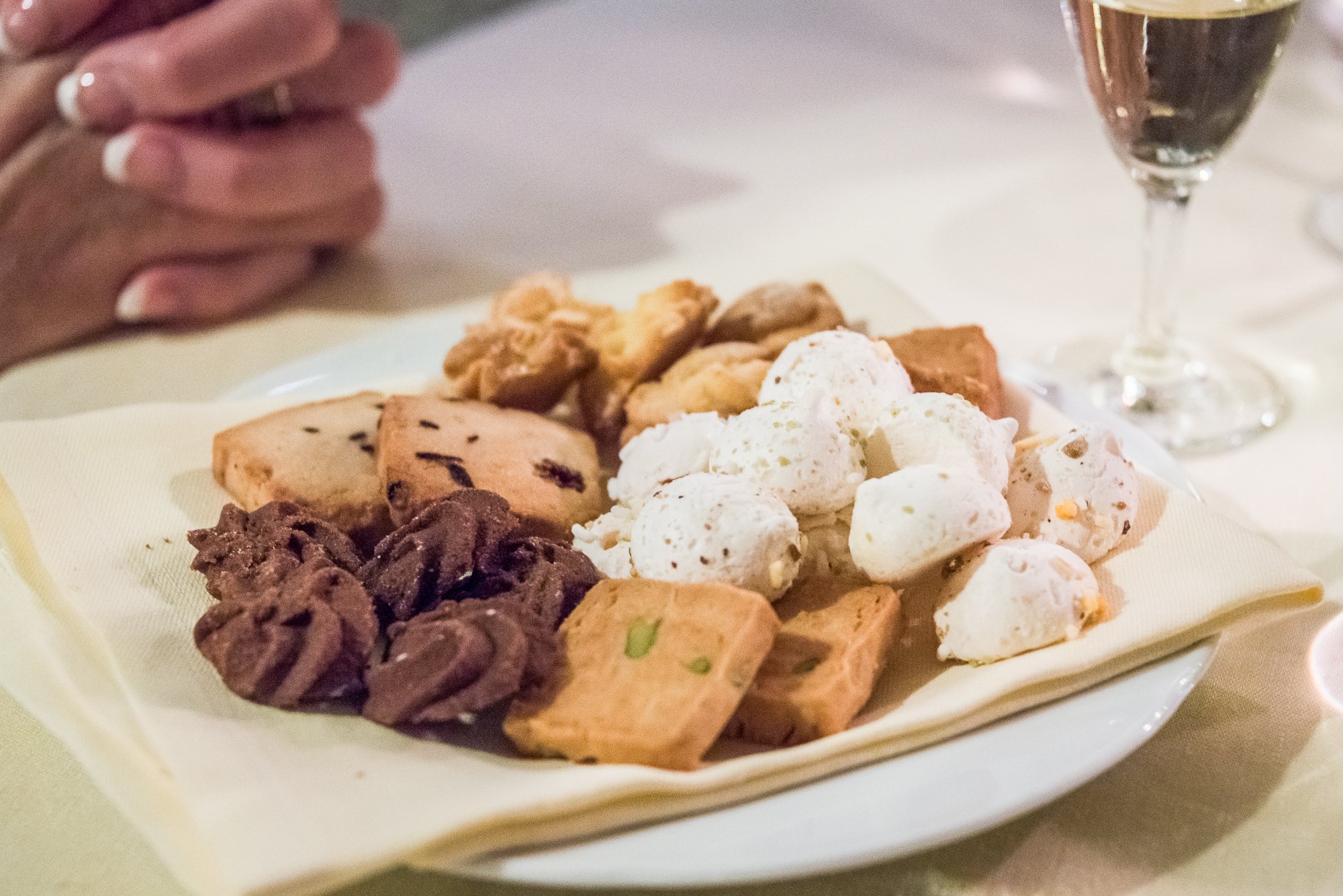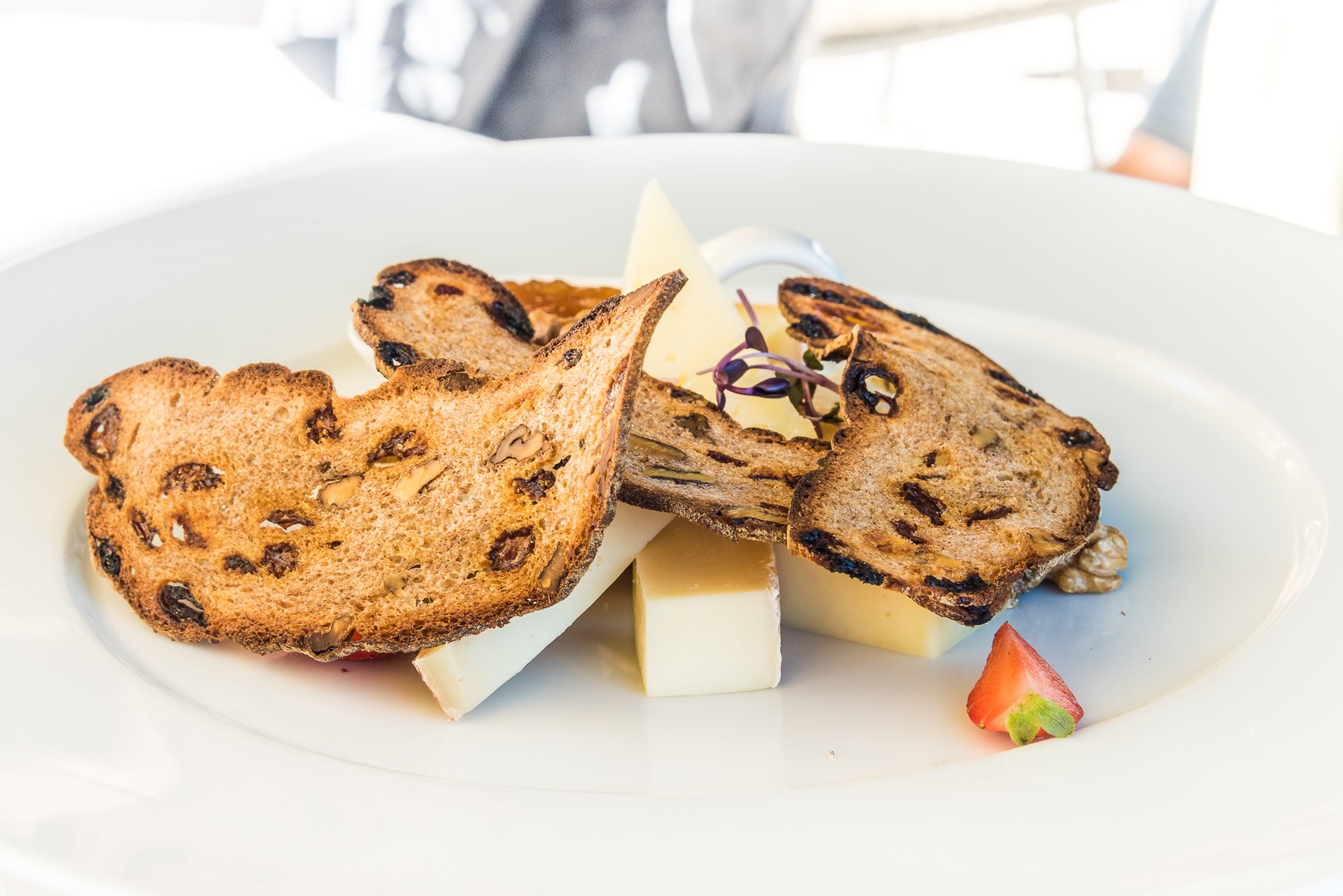In my last article, you saw flowers, with a few butterflies mixed in. Those were all taken in Florida during a workshop conducted by Jackie Kramer of Luvblooms.com, with assistance from Linda Torbert. If you did not see last week’s article, please take a look to see exactly why I want to photograph like Jackie!
Now, I give you birds…mostly.
Where Are We?
Today, we will be in Sarasota and St Augustine, Florida. Both have beautiful gardens, and access to beautiful birds…and more!
We’ll start off in Sarasota.
And as always, if you click on an image, you will get a full-screen view
Sarasota
Sarasota is located on the gulf coast of Florida. It’s just south of Tampa, about half-way down the state. Whilst there, we visited two gardens, as well as the beach.
Marie Selby Botanical Gardens
These lovely gardens are home to several exotic flower species. Non-captive birds are in attendance, but they are not the star of the show at Marie Selby Botanical Gardens. There is also a koi pond, a stand of bamboo, a fern garden, and banyan trees. Several of the floral photos from last week’s article were taken here.
A Certain Koiness
Koi
I found the koi pond to be either a beehive of activity, or a languid experience with each fish doing their own, leisurely thing.
Activity picks up as one tosses a handful of fish-food pellets into the pond. This stirs up the action as everyone knows it’s meal time.
For this photo, I intentionally used a long exposure to capture the frenetic motion of these fish, producing a colorful abstract photo.
The Stalker
Though there were few birds, there was this one bird…kind of creepy…it was the way it moved that mesmerized me. I watched for about five minutes as he very, very, very slowly (you get the picture, right?) moved through a grove of bamboo.
Though his body moved forward, his head seemed to float along. His piercing eyes had an eye on the prize, which I had not yet seen. Here is what he looked like in his creepiness. Being a creeper, he crept…slowly…ever so slowly. What is it that he spies?
All the rage these days is the carryout meal. I’m pretty sure that this guy invented the carryout meal. He was adept at it, to say the least.
I asked him to hold up a bit for a portrait, and he obliged. He did seem to be a bit distracted though, as it had just turned noon, and time for lunch. After the photo session, he walked away, much to my delight.
Carryout Lunch
Sarasota Jungle Gardens
The Sarasota Jungle Gardens are located about 4 miles north of the Marie Selby Botanical Gardens. The main attraction for us were the flamingos, though there were a few ‘show birds’ present, too.
The flamingos walked among us. Though we could reach out and touch them as they moseyed by, we didn’t…they get a bit cranky.
I Heart You!
Courtship
I’ve taken a bit of artistic license with the next photo. I call this one, ‘Family Chat’.
Family Chat
I never knew that flamingos had such an unusual tongue…actually, I never knew much at all about flamingos. Kind of spiky…for rooting around in the muck, perhaps?
Now we move on to the show birds. Their handler encouraged them to display their antics. For a fee, you could have them sit on your shoulder. Since I was broke, I just photographed.
Saint Augustine
What is it about St Augustine, Florida? I have faint memories of learning something in history class about this area, but it’s rather hazy. That’s the way I showed up. What I learned whilst there surprised me. Do you remember anything about this town?
It is our oldest, continuously inhabited, European-established settlement in the USA. It was founded in 1565, which is almost 460 years ago. The ‘ownership’ was back-and-forth as Spain, then Britain, then Spain, and then the US each had a hand in governance. I don’t expect it to change hands again.
The city itself is now on my ‘favorites list’. I had no idea that it was to be so beautiful. The old town has those charming narrow streets and the absolutely fabulous Flagler College and churches are a highlight. Add to that its location right on the Atlantic coast and you have a place that should be on your own bucket list. But, enough travel log.
Ponce de Leon's Fountain of Youth Archaeological Park
Located in the city limit of St Augustine, this is the historic site of the first settlement in the USA. In addition to being an interest to history buffs, if you like peacocks, you’ll find several there strutting their stuff. Like this guy.
The waters of the Fountain of Youth seemed to have dried up, but Ponce looked marvelous!
St. Augustine Alligator Farm Zoological Park
I promised you birds, so it’s time that I deliver on that promise. You may be wondering why I put birds under the heading of an alligator farm…I certainly had no idea why we would be photographing birds there before my arrival. But then, it all became clear.
Within the boundaries of this park (founded in 1893), there is a rookery. I knew that a rookery had something to do with birds, but as I looked up the word ‘rookery’ a dictionary states, “a breeding ground for gregarious birds”. And ‘gregarious’ for animals (includes us, right?) means, “tending to form a group with others of the same species, and enjoying the company of others”.
So, it’s a place where birds can gather in groups to have a good time…and a good time they had! It was mating and nest-building season during our visit in early March.
Roseate Spoonbills
I fell in love with these birds. Their pinkish coloring is something that I had not seen in birds. And, they didn’t appear to be as serious about life as the egrets, who were busy doing this and that to get their nest in order. The Spoonbills were hanging out and having a good time. That’s the way I saw them, so that’s they way I present them in my photographs.
Spoonbills Being Gregarious
The next photo shows the flight sequence of a Spoonbill just going from here-to-there.
Roseate Flight Sequence
When We Die We’ll Catch a Roseate Spoonbills Wing, and We Will Fly Away to Heaven
I said that I found them a bit whimsical, so here’s some whimsy, brought to you by Roseate Spoonbills as they were actually seen and overheard at the rookery…
And now on a more serious note…
One of the photographers that I follow is Doug Landreth. I love the way he takes a simple image and, using texture and composition, makes it into a photograph that I would certainly place on my wall. He has a photograph with flowers that I emulate below, and I substitute Roseate Spoonbills for his yellow daffodils. You can see Doug’s creative original version here. This photo is titled, “Homage to Doug Landreth”. All of the elements of the photo came from the rookery.
Homage to Doug Landreth
The Great White Egret
Now we come to the Great White Egret. These magnificent birds of the heron family were in the midst of building their nests and doing the mating that goes along with that. They are monogamous for the season. The male selects the nest area, starts a nest, and then attracts a female through it’s up-and-down movement and plumage display. They then complete their nest together, with one flying out time-after-time to gather sticks that are passed to the other to complete the next. During our visit, some of the males had success in attracting a mate, while others were still energetically working at it.
Here’s the thing: to me they didn’t just seem to be going through the motions…they were serious about their task, and I felt that they were serious about each other.
Below, you will see birds that seem to be in a state of true love. I saw this over and over. Maybe you’ll get the same feeling that I did. I’ll let you be the judge of their demeanor.
In my last article, I showed some examples of how I transformed a snapshot of a flower into a fine-art photograph. Today, I do the same, though with photos of the beautiful egrets.
In this first comparison, you see the original image, which has a lot of distraction due to the upper branches of the tree. In the accompanying photo, you can see that I’ve removed that foliage, and that I’ve added mood through texture and atmospherics (i.e. clouds).
In this photo, there is a good bit more transformation. Using a bit of software magic, I’ve converted the photo of the blue heron into a stained-glass photo, complete with framing.
Here is an egret flying away from the nesting area in search of a stick. One stick. Just one stick at a time, please. And, not too large.
Heading Out for a Day of Stick Gathering
Time and again a stick is fetched and brought back to build a nest…or should I say, a bird home.
Coming Home with Construction Materials
Below you see several exchanges of a nest-building material. Is it just me, or does there seem to be a strong sense of cooperation and anticipation as the stick is transferred?
As afternoon begins to turn to evening, the flyway begins to be a bit congested.
And, that stick retrieval flyway can get quite congested! I call this photo, “YIKES!!!”.
YIKES!!!
Earlier I suggested that there is a nature of true love between these mates. These two interlocking beaks are enough evidence for me.
And this gesture?! I rest my case.
Here I’ve placed three of my photos into a triptych…or what I call a ‘lovetych’.
Lovetych
Black and white images seem best to capture the plumage of these males that still need a nestmate.
Success will lead to as many as six bluish green eggs, which both sexes will incubate.
What’s so important that this guy didn’t even put his stick down? Oh…I see now.
Other Birds of the Rookery
Just a few of the other bird species at the St. Augustine Alligator Farm Zoological Park.
Alligators
I did mention that we were at an alligator farm, didn’t I? Here are a few of those denizens.
It is very fortunate that these alligators get along, otherwise there would be no rest for these weary reptiles.
That grouping in the upper right…stacked up like cord wood.
I crept up on this big fella to see if he was asleep. Do they sleep with their eyes open? I sure hope so.
I think He’s Asleep
At the Beach
During our workshop, we photographed at beaches in Sarasota (sunsets) and St Augustine (sunrises). Here is a smattering of those photos. Padma Inguva was our guide during these excursions.
That wraps up my travelogue for flowers and butterflies from last time, and today’s display of koi, birds and gators. Thank you loyal followers for hanging in there on this Luvblooms workshop journey across Florida. Next time, I promise to be back to Italy, Our Italy. Until then I say…
Ciao for now,
Steve
If you did not get to this article from an email, please subscribe here























